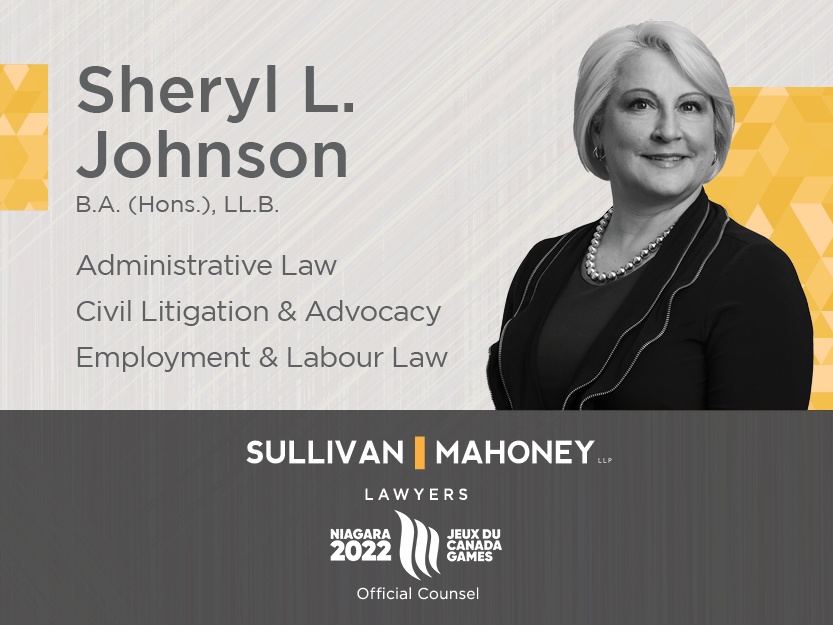The blue box program in Hamilton will now be managed by a private non-profit organization rather than the city as provincial changes came into effect on April 1.
The changes, which are Ontario-wide, are expected to save the city millions of dollars per year, since municipalities were previously responsible for paying about 50 per cent of the costs for the province’s blue box program.
Producers, the organizations which produce products and packaging, were responsible for paying the other 50 per cent of program costs, but will now be 100 per cent responsible for operating and funding.
Hamilton’s blue box program is now operated by Circular Materials Ontario rather than the city.
However, there will be minimal changes to the blue box program for Hamilton residents for the time being since Circular Materials has contracted collection to GFL Environmental – the same company already in charge of recycling in the city.
For the foreseeable future, pickup dates and permitted items allowed in blue boxes will also stay the same.
The biggest change for residents for now is that the city no longer deals with complaints or inquiries about services or the replacement of blue boxes.
Blue box distribution will now be managed by GFL Environmental, with replacement requests, complaints, and inquiries now meant to be directed to hamiltonrecycling@gflenv.com or 1-844-415-4351 (Monday to Friday, 7 a.m. to 6 p.m.).
Blue boxes will no longer be available to pick-up or exchange at community recycling centres or transfer stations.
The City of Hamilton will maintain curbside collection of garbage, bulk garbage, organics (green bin), leaf and yard waste, Christmas trees, and recycling collection from businesses.
Hamilton residents are still expected to separate their paper and cardboard from containers since GFL Environmental is maintaining the city’s two-stream recycling system.
Circular Materials says that the new program ensures “extended producer responsibility.”
The organization says, “Extended producer responsibility makes the businesses that sell products and packaging responsible for them over their full life cycle. This encourages companies to make more careful decisions about the materials they use in their packaging and products, and it holds them responsible for the cost of recycling those products at the end of their life.”
Circular Materials adds that the new system helps to create a “more circular economy where materials are collected, recycled, and returned to producers for use as recycled content in new products and packaging,” which “means less waste.”
While there are not too many changes to the City of Hamilton’s recycling right now as a result of this transition, Circular Materials may be making changes to municipal blue box programs starting Jan. 1, 2026.
Those changes could include moving the city to a single-stream system or changing pickup from weekly to biweekly collection.
Circular Materials will be responsible for informing residents of any changes.
The new system also comes with criticism, particularly from the Retail Council of Canada (RCC).
RCC spokesperson Michael Zabaneh says that the current model involves four competing Producer Responsibility Organizations, which leads to “significant inefficiencies and high costs.”
Without change, RCC says that the recycling system will cost upwards of $740 million annually which is more than double current expenses – a cost which could end up being passed on to consumers.

Based in Hamilton, he reaches hundreds of thousands of people monthly on Facebook, Instagram, TikTok, and Twitter. He has been published in The Hamilton Spectator, Stoney Creek News, and Bay Observer. He has also been a segment host with Cable 14 Hamilton. In 2017, he received the Chancellor Full Tuition Scholarship from the University of Ottawa (BA, 2022). He has also received the Governor General’s Academic Medal. He formerly worked in a non-partisan role on Parliament Hill in Ottawa.






